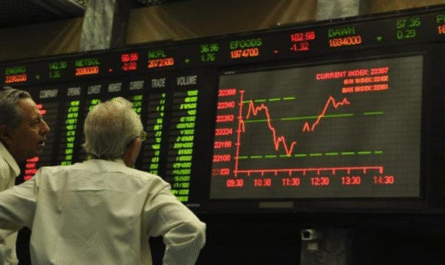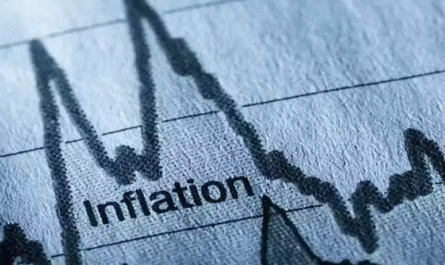In recent weeks, creators across YouTube have raised concerns that the platform is quietly altering uploaded videos without notifying or seeking permission from content owners. For many, this has reignited debates around creator rights, platform control, and digital ownership in the age of Big Tech. While YouTube remains the largest video-sharing platform in the world, hosting billions of hours of content, the idea that the company could modify uploads without transparency is both alarming and thought-provoking.
The Allegations
Several creators have reported that their videos appear different after upload compared to the files they originally submitted. Some noticed changes in audio levels, resolution adjustments, or visual color shifts, while others claim YouTube has removed background music, blurred sections, or even muted portions without explicit consent.
Though YouTube has not made an official statement confirming these alterations as policy, anecdotal evidence from creators suggests the platform is using automated systems that intervene in videos to meet copyright rules, advertiser guidelines, or platform standards. What troubles many creators is that these changes are happening without notification, leaving them confused about the integrity of their original work.
Why Would YouTube Alter Content?
There are a few possible reasons behind YouTube’s quiet interference in uploaded videos:
1. Copyright Enforcement
YouTube has long relied on its Content ID system to detect copyrighted material in videos. In some cases, rather than blocking an entire video, the system may automatically mute or swap out audio tracks. While this protects rights holders, creators argue that altering videos without permission undermines their creative autonomy.
2. Advertiser-Friendly Adjustments
Since YouTube’s revenue largely comes from ads, the platform prioritizes advertiser-friendly content. If a video includes language, imagery, or sounds deemed unsuitable, YouTube may automatically adjust it to protect advertisers, even if that means altering the original content.
3. Technical Standardization
YouTube often compresses or re-encodes videos to ensure compatibility across devices. While this is normal, some creators suspect the platform is taking it a step further by adjusting brightness, colors, or sound in ways that go beyond mere compression.
Creators’ Concerns
The biggest concern among creators is the lack of transparency. Most argue that if YouTube needs to alter content for copyright or advertiser safety, creators should be informed before or after the change. By modifying videos silently, the platform gives creators no chance to contest or understand the alterations.
Other concerns include:
- Loss of Artistic Integrity – Small edits to color or sound can significantly change the feel of a video.
- Damage to Branding – Creators carefully design their content style; unapproved changes may disrupt this.
- Trust Issues – If YouTube can alter videos without permission, what does this mean for the long-term reliability of hosting creative work on the platform?
Examples Reported by Creators
- Muted Background Music – Some vloggers claimed YouTube muted their background music tracks, even though they had purchased proper licenses.
- Video Cropping and Blurring – Educational creators reported that diagrams and text on-screen appeared slightly cropped or blurred after upload.
- Audio Balance Changes – Podcasters uploading video versions of their shows noticed dialogue tracks were quieter than intended after processing.
Though not every case may be intentional, the consistency of these reports suggests that YouTube’s automated systems are more active than before in modifying uploaded files.
YouTube’s Possible Defense
From YouTube’s perspective, these changes might be seen as necessary. The platform manages over 500 hours of video uploads every minute, making manual review impossible. Automated systems are essential to comply with copyright law, global regulations, and advertiser demands.
YouTube could argue that these interventions protect creators too—by avoiding copyright strikes, demonetization, or regional video takedowns. However, critics believe that any form of alteration should be disclosed, so creators can maintain ownership of their work and understand what audiences are seeing.
The Larger Debate: Who Owns Uploaded Content?
This controversy feeds into a bigger question: Do creators fully own their work once it’s uploaded to YouTube, or does the platform gain shared control?
Technically, creators own their videos, but by uploading, they agree to YouTube’s terms of service, which grants the company rights to distribute, modify (to a degree), and monetize the content. Many creators argue that these terms are too broad and allow YouTube to act without accountability.
The issue reflects a growing challenge in the digital economy: platforms wield enormous power, while individual creators often lack the leverage to demand transparency.
What Can Creators Do?
Creators who feel affected by YouTube’s alterations can take a few steps:
- Regularly Back Up Original Files – Always store your videos offline in their original form.
- Check Content After Upload – Watch the uploaded video thoroughly to spot differences.
- File Complaints Through Creator Support – Raise issues directly with YouTube’s support team.
- Join Creator Communities – Collective complaints often gain more attention than individual ones.
- Diversify Platforms – Consider uploading to alternate platforms like Vimeo, Rumble, or Dailymotion to reduce dependence on one platform.
The Way Forward
For YouTube, the solution lies in greater transparency. If videos must be altered for copyright or advertiser reasons, creators should receive a clear notification explaining the change and offering options (such as replacing the track themselves or appealing). This would not only build trust but also give creators agency over their content.
Regulators may also step in if the issue grows, as unapproved alterations could be seen as violations of intellectual property rights. Meanwhile, creators continue to push for better communication and respect for their work.
Final Thoughts
The revelation that YouTube may be quietly altering uploaded videos without permission has sparked serious concerns among creators. While the platform’s motivations may include copyright compliance, advertiser safety, and technical adjustments, the lack of transparency is damaging the trust between YouTube and its creator community.
Creators pour countless hours into crafting videos, and even small unapproved changes can compromise their vision. As this issue gains attention, YouTube faces mounting pressure to clarify its policies and ensure that creators remain in control of their work.



